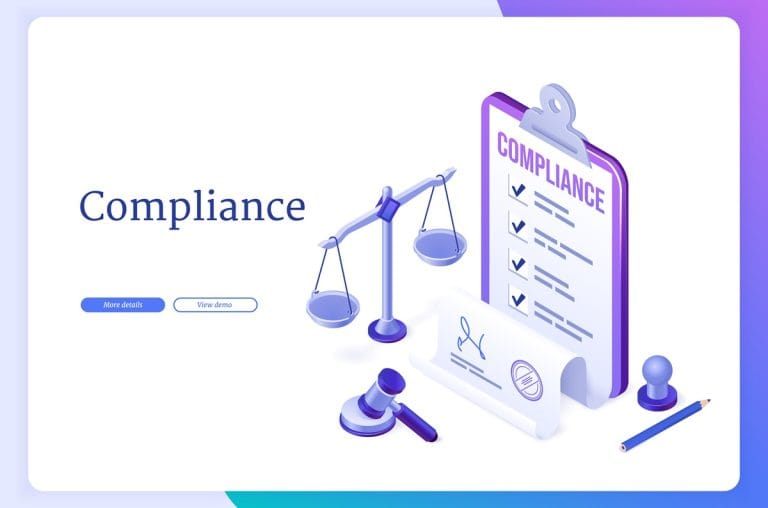A Practical Guide
HIPAA Compliance in Medical Billing:
HIPAA compliance can feel overwhelming, especially when you’re trying to run a practice and see patients. The regulations are complex, the penalties are serious, and frankly, much of the official guidancereads like it was written by lawyers for other lawyers.
But here’s the thing: HIPAA compliance doesn’t have to be mysterious or impossible. After helpinghundreds of practices navigate these requirements, we’ve learned that most compliance issues stem frommisunderstanding what’s actually required versus what’s nice to have.

Understanding HIPAA in Plain English
Let’s cut through the legal jargon. HIPAA is fundamentally about protecting patient information –specifically, Protected Health Information or PHI. In medical billing, that means being careful witheverything from patient names and addresses to diagnosis codes and payment information.
The law requires three types of safeguards: administrative, physical, and technical. Think of it likeprotecting your home – you need good locks (technical), secure doors and windows (physical), and smarthabits about who gets keys (administrative).
Most practices get tripped up because they focus too heavily on technology and forget about the humanelement. Yes, you need secure software and encrypted email. But you also need staff who understandwhy these protections matter and how to handle information properly.
Where Most Practices Go Wrong !
We’ve seen the same mistakes repeatedly across different types of practices. The most common?Assuming that HIPAA compliance is someone else’s responsibility.
Many doctors think their billing company handles all the compliance issues. That’s partially true – a goodbilling partner should manage their part of the process securely. But the practice still has obligations,especially around how information gets shared initially.
Another frequent problem is informal communication. Staff members discussing patients in hallways,sending unencrypted emails with patient information, or leaving records visible on desks might seemharmless, but these habits create real compliance risks.
The good news? Most violations happen because people don’t know better, not because they’re beingcareless on purpose. Proper training and clear policies prevent the majority of problems.


Working with Billing Companies Safely
When you outsource medical billing, you’re sharing patient information with another organization. HIPAAcalls this a “business associate” relationship, and it requires specific legal protections.
Don’t just trust that your billing company is compliant – verify it. Ask about their security measures, stafftraining, data handling procedures, and insurance coverage. A reputable billing company should behappy to discuss these topics and provide documentation.
Business Associate Agreements aren’t just paperwork you sign and forget. They establish clearresponsibilities for protecting patient information and provide legal protection if something goes wrong.
Technical Safeguards That Actually Matter
HIPAA’s technical requirements can seem daunting, but they boil down to a few key principles: controlaccess to information, track who’s accessing what, and protect data both when it’s stored and when it’s transmitted.
User authentication sounds fancy, but it’s really about making sure each person has their own logincredentials and appropriate access levels. Your billing clerk doesn’t need access to clinical notes, just likeyour nurse doesn’t need to see detailed financial information.
Encryption is crucial for anything sent over the internet or stored on portable devices. Most modernbilling software includes encryption, but it’s worth confirming. Email encryption is particularly important ifyou’re sending patient information electronically.
Audit logs help you track who accessed what information and when. They’re not just for compliance –they’re useful for troubleshooting and monitoring unusual activity.


Building a Culture of Compliance
The most secure practices treat HIPAA compliance as an ongoing responsibility, not a one-time checklist.Staff training happens regularly, not just during orientation. Policies get reviewed and updated astechnology and workflows evolve.
Regular risk assessments sound bureaucratic, but they’re really just systematic reviews of how you handlepatient information. Look for potential problems before they become actual violations.
Document your efforts. When auditors or investigators ask about your compliance program, havingwritten policies, training records, and assessment results demonstrates good faith efforts to protect patient information.
Why We Take HIPAA Compliance Seriously
At ProMedCL, HIPAA compliance isn’t just about avoiding penalties – it’s about maintaining the trustpatients place in healthcare providers. Every system we implement, every process we design, and everystaff member we train understands that patient privacy is non-negotiable.
We’ve built our entire operation around robust security measures and compliance protocols.
Our commitment to excellence extends beyond accurate billing to comprehensive protection of sensitivepatient information. We know that our clients’ reputations depend on our ability to handle their dataresponsibly.
Concerned about HIPAA compliance in your current billing operations?
Let’s discuss how we can helpensure your practice meets all requirements while maintaining efficient workflows. We’ll review yourcurrent procedures and recommend improvements that enhance both security and productivity.

